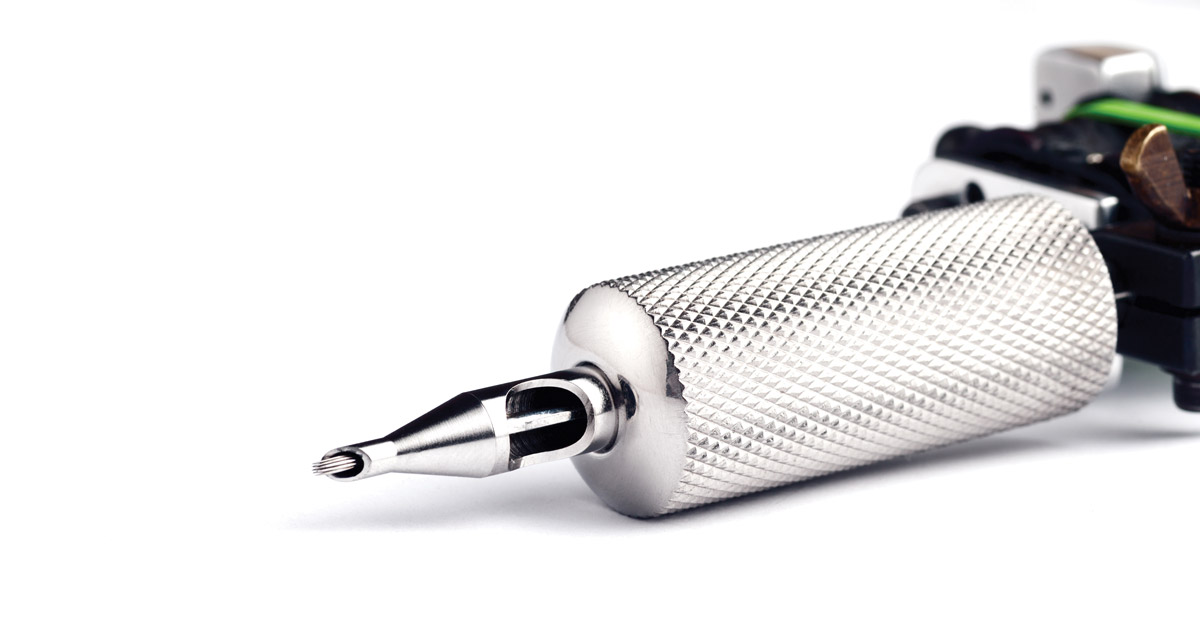BY JAMIE LOBER
Getting a tattoo is not a decision that should be made overnight. Most importantly, you want to know where you are going and what you are using to decorate your skin. The Food and Drug Administration said that there is no surefire way to tell if ink is safe, and an ink can be contaminated even if the container is sealed or the label says the product is sterile. The best thing you can do is avoid using any do-it-yourself tattoo kits and go to a tattoo parlor that follows the state and local laws. North Carolina General Statute 130A-283 states that tattooing is regulated in our state and nobody can tattoo without obtaining a license. Every state is different, such that Nevada has no laws regarding body art and at least 45 states have laws prohibiting minors from tatting.
You want to thoroughly understand what getting a tattoo entails and make sure you are still on board. While it can be a great form of self-expression, it is not for everyone. The procedure is as follows:
- Select or design the art you want;
- Have the art stenciled on the skin;
- Clean skin with antiseptic and place ointment on the site;
- Inject pigmented ink with a needle;
- Blood or fluid is wiped away.
Depending on the size and detail involved, it can take anywhere from 15 minutes to several sessions for the tattoo to be complete.
Some people may have adverse reactions or negative side effects to the tattoo. There are simple measures to take if you feel you have developed an infection or bad reaction to the tattoo:
- Contact your doctor;
- Inform the tattoo artist so he can identify the ink and not use it again;
- Inquire about the brand, color and batch number on the ink to figure out the source of the problem and the best course of action for treatment;
- Tell the Food and Drug Administration about the ink, your reaction, and the outcome.
Being prepared means getting educated and then asking questions. The American Academy of Pediatrics suggests going down a checklist before following through with your decision to ink, which includes:
- Making sure you are current on immunizations including hepatitis B and tetanus;
- Inquiring about the shop’s process of tattooing;
- Seeing that equipment is sterilized and the shop is clean;
- Seeing that the tattoo artist washes his hands and wears disposable gloves;
- Making sure you watch the tattoo artist open the pack of needles in front of you so you see they are new;
- Making sure extra ink is never poured back into the bottle and reused;
- Planning where you will get medical care if the tattoo becomes infected or you have any problems.
Once you are home, a new tattoo requires some extra love and attention. The American Academy of Pediatrics suggested several key actions to take once you are home, including:
- Keeping the bandage on for 24 hours and then washing with soap and warm water;
- Keeping the skin moist with antibiotic ointments or vitamin E oil a few times a day;
- Avoiding sun exposure and sunscreen for about two weeks while the tattoo is healing;
- Avoiding swimming and long baths for a few weeks;
- Not wearing clothes that adhere to the tattoo.
The decision can be reversible, though it is not without pain or damage. Research is still revealing the short and long-term consequences of how pigments break down after laser treatment. Permanent scarring is also possible and you will not be able to restore the skin to its original condition. If you are able to accept the process of getting a tattoo and the possible rewards and risks that come along with it, ink may be for you.






















